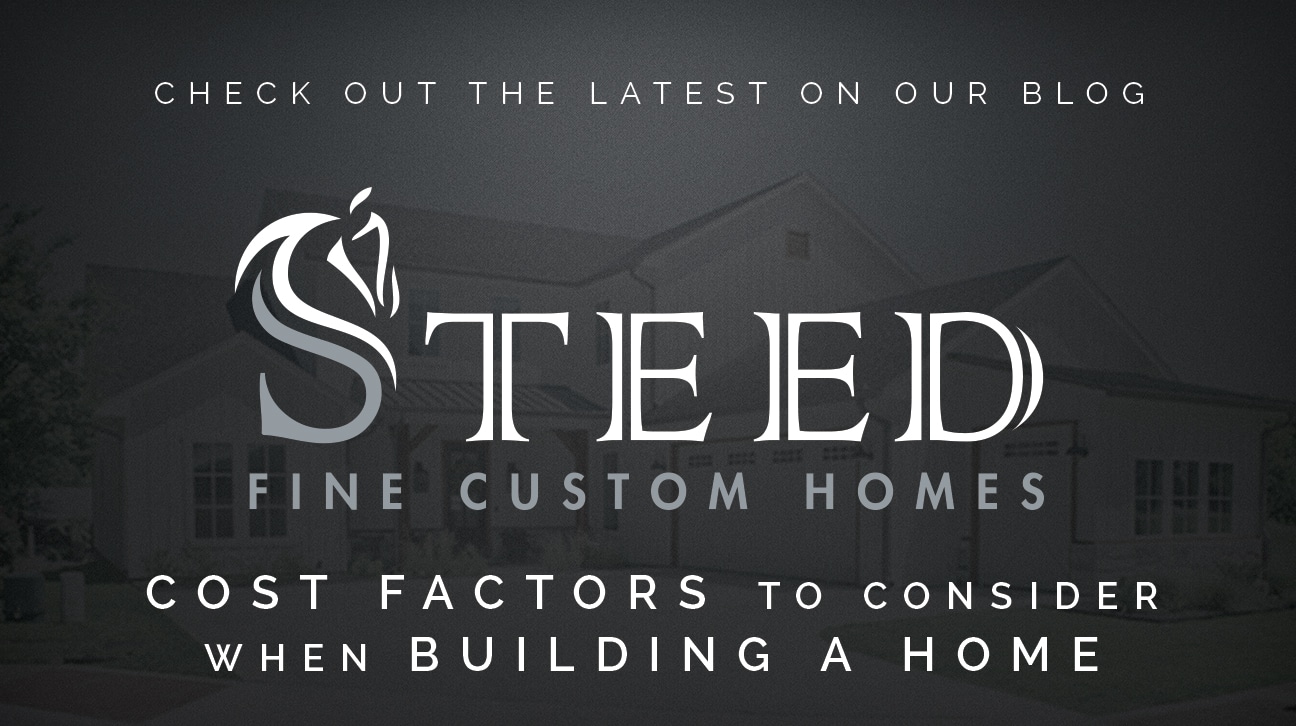I get asked all the time, “How much do you build for a square foot?” Or, “What does it cost per square foot to build a house?” My answer…..well, it depends on a lot of different factors.
As custom home builders, each of our projects are unique – rarely building the same home twice. We typically have a wide range of projects under construction within a given year, and those projects also have a wide range of prices per square foot (PPSF). It’s difficult for me to look at a set of plans that I’ve never built and give someone a price without developing finish specifications and getting detailed quotes from our subs and suppliers – much less guess at the PPSF of a project without even seeing plans. I could tell an inquiring person our average, but that risks driving away someone on a tight budget and could mislead someone with a more robust budget.
While bank and tax appraisers use the PPSF ratio as a matter practice to establish their comparative analyses (comps), we only use the PPSF number with our prospective homeowners as a general guide when discussing construction budgets.
In the North Texas area, the PPSF is determined by the completed cost of the project (the numerator) divided by the air-conditioned square footage (the denominator) calculated by the designer/architect. Listed below are some determining factors on the price of our projects that ultimately affect the PPSF:
Site Work
Extensive site work can add a tremendous amount of cost to the project. Imported select fill, rocky conditions, concrete piers, retaining wall(s), long driveways, and long utility lines are some examples. The cost of these items in excess of what might be typical add to the numerator but not the denominator – driving the PPSF ratio up.


Exterior Architecture
Roof pitch (steeper = more expensive)
Roof type
Window type, size, and quantity
Exterior façade
Two-story versus one (typically a two-story home is more expensive than a one-story home)
I know, the two-story vs one-story conundrum may be completely counterintuitive. Might be fuel for a future blog.
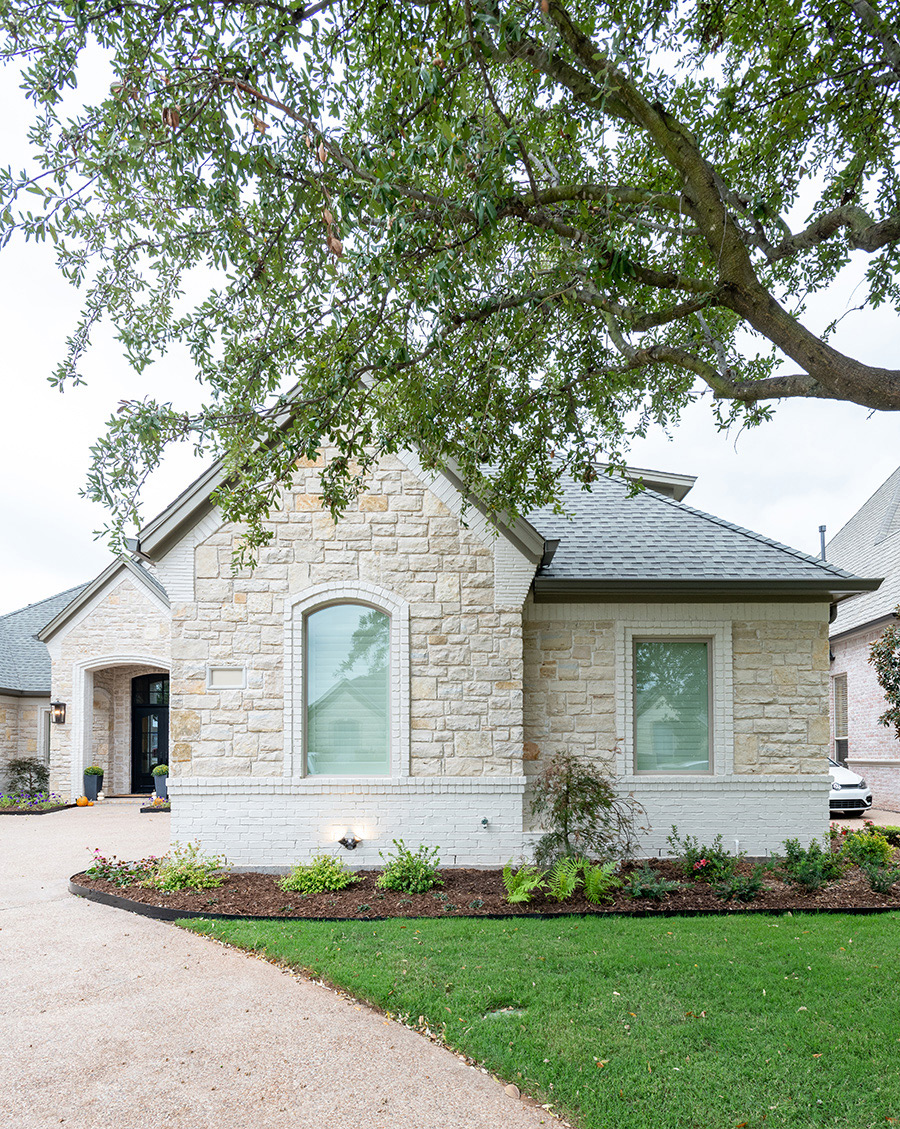

Size of the Home
Size can make a difference in the PPSF. For instance, let’s compare a 2,500 sq. ft. home to a similarly-finished home that is 2,800 sq. ft. in the same location. The larger home has the same kitchen and baths as the smaller home, but it also has a 17’x18’ play room for the kids. The larger home will be slightly more expensive, but it will typically be less on a PPSF basis than the smaller home.
Let’s take it a step further and compare two homes that are both 2,500sf living area and identical in every aspect except that one has a 4-car garage and the other has a 2-car garage. Since the extra garage space adds additional construction cost but doesn’t add any AC space, the home with the bigger garage will not only be slightly more expensive, it will have a higher PPSF.
I’ll give another example with more extreme differences. Let’s assume a 2,000 sq. ft. home with quality construction and finishes and compare that to a 4,000 square foot home also with comparable quality construction and finishes. Even though the larger home may have another bath or two and a bigger kitchen, it will typically be less on a PPSF basis but more expensive overall.
The bottom line is that the PPSF is just an average. Not every square foot in a home costs the same to construct. Further, many costs associated with new construction can be the same or similar for both homes in this example. If both homes are in the same area and require drilling a water well, the cost of the well will apply equally (for the most part) to both homes. Hopefully by now you know where this is going. A $12,000 water well adds $6/sf to the 2,000sf home, but it only adds $3/sf to the 4,000sf home.
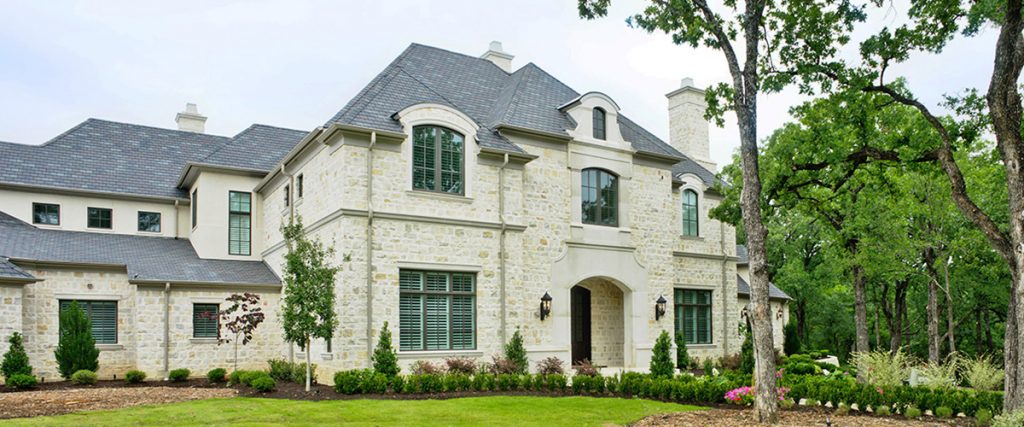
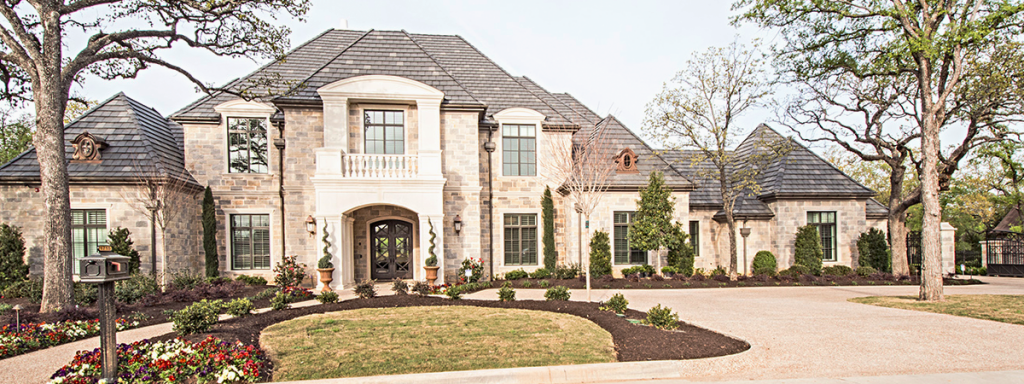
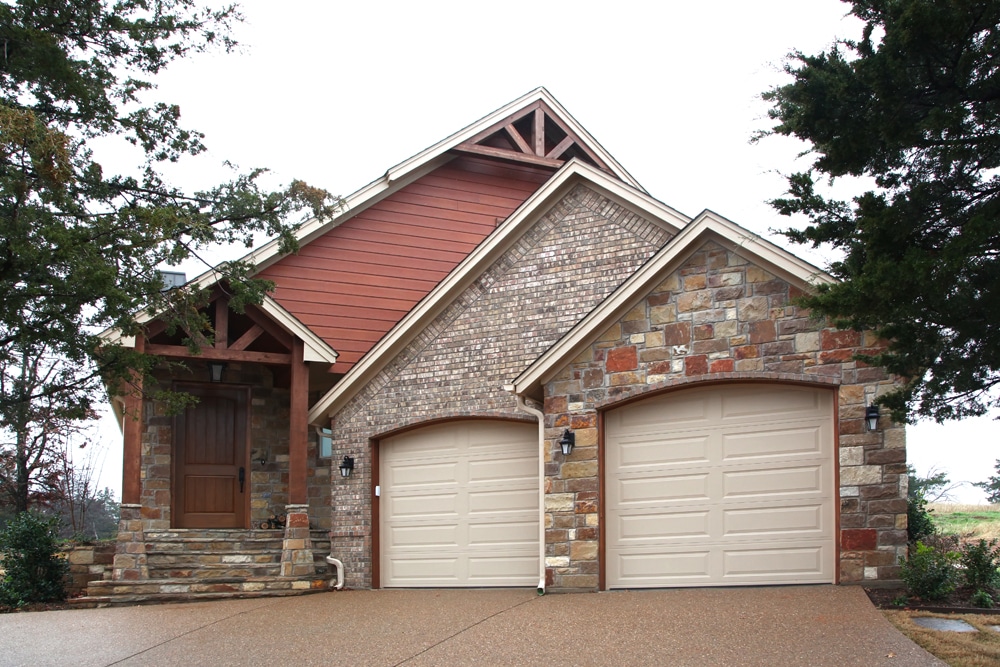
Shape of the Home
This affects the cost to construct as well. For example, think of the perimeter footage. Perimeter footage affects the quantity of the stud walls, sheathing, façade material (siding, brick, stone, stucco), sheetrock, interior trim, and roof framing. Although not the most attractive architecture to build in modern times, a square-shaped home is typically the most efficient in terms of cost to build. Let’s consider a simple square that is 20’x20’. It has 400sf and 80 perimeter feet (pf). Compare that to a 10’x40’ rectangle that is also 400sf. I’ll let you do the math on the perimeter footage. Put a few rectangles together, and you get a more complicated roof to build in addition to the increased pf. In construction, more complicated typically means more expensive.
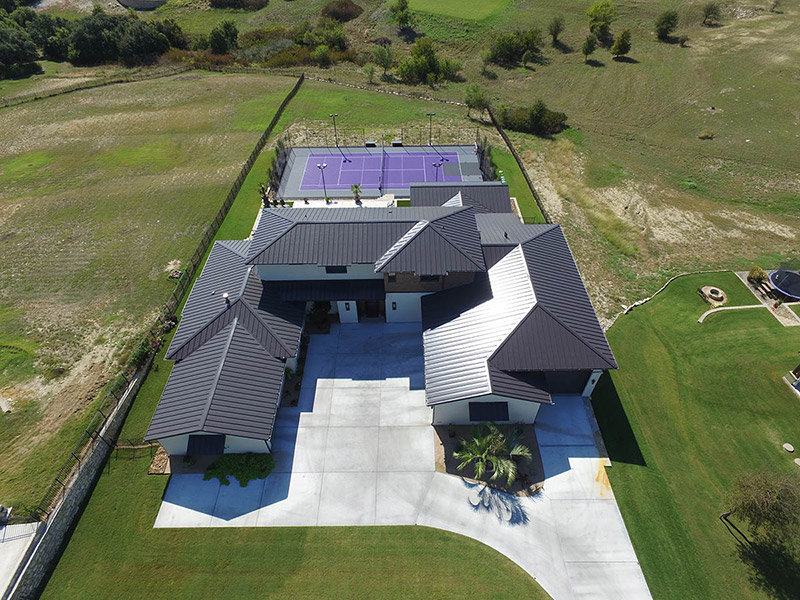
Interior Finishes
It’s pretty obvious to most people and also where a large differential can be found when comparison shopping. Items such as flooring, fixtures, cabinets, and even wall texture and paint can have a huge impact on the ppsf of a home. In addition, consider the construction quality of items such as cabinets. Are the boxes built with particle board or “furniture” board, or are they built with ¾” plywood? I also get asked when coerced to provide an average PPSF of homes we build, “Well, what does that include?” Good question. All of the factors discussed here must be considered relative to the overall cost of the project. For instance, will a $200/sf home include built-in refrigeration? I would hope so, but I can’t know for certain until we have all the cost data for a particular project to see if a higher-end item like that will fit into a particular PPSF. That’s why we do a lot of options when putting together cost data for our homeowners. Options give them the power to prioritize items that may not necessarily be vital to the function or comfort of the home. The “nice-to-haves” as I like to call them.
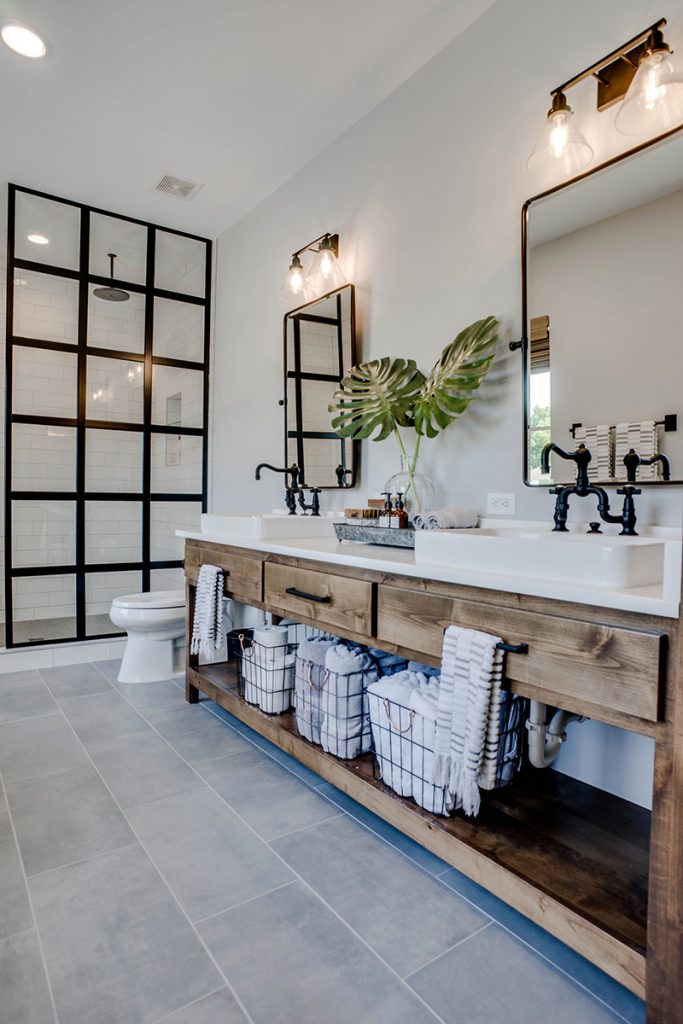
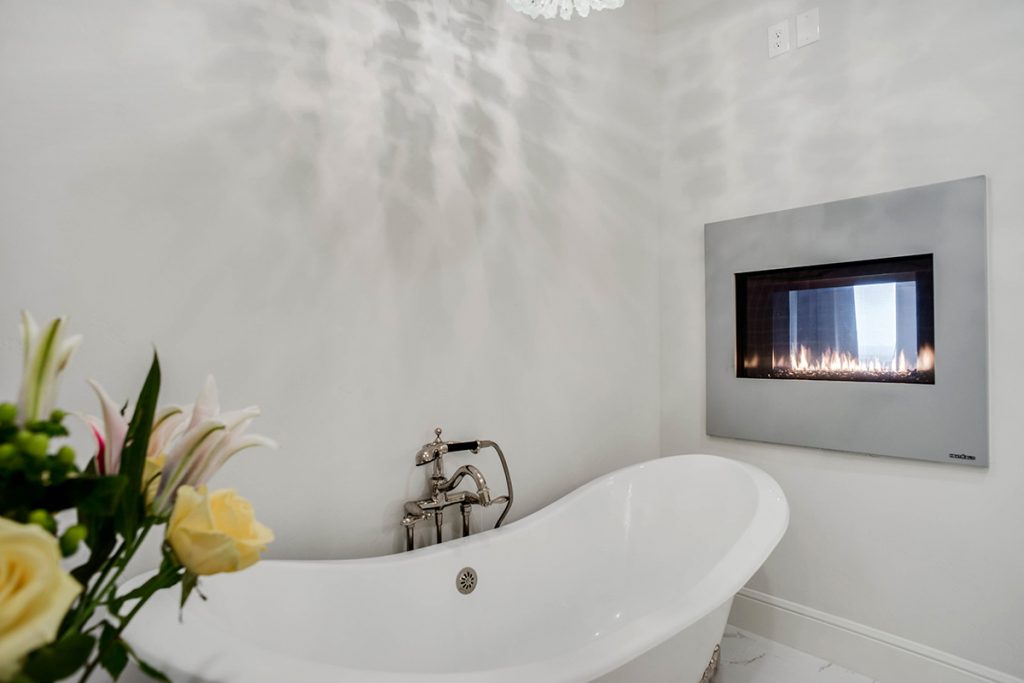
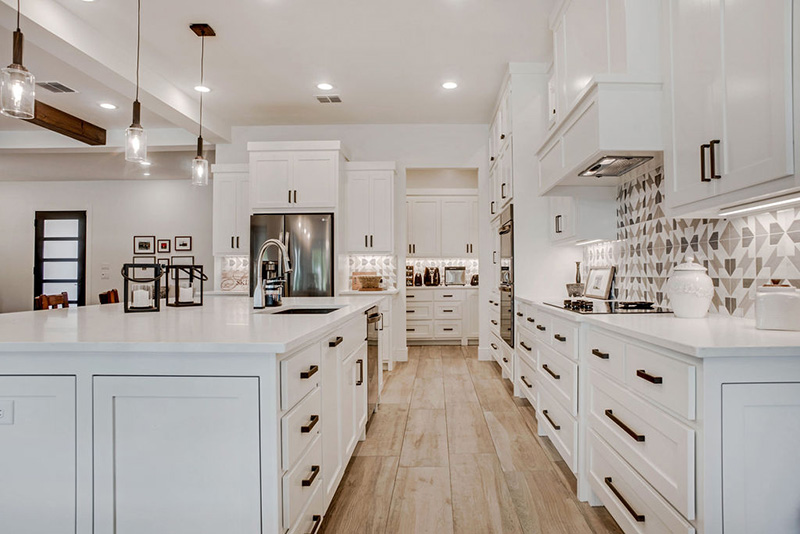

Energy Efficient Products
This is where we tend to get a bit non-negotiable since the vast majority of our homeowners are building their “forever home.” We completely foam-encapsulate every home we build. Yes, it does cost more than traditional insulation methods and materials up front, but we believe the added cost has a relatively short payback due to reduced heating & cooling costs in our warm, mixed climate in North Texas. Other examples include window quality, water heating options, and HVAC (heating, ventilation, and air conditioning) equipment. My team and I are continuously trained on new energy-efficient equipment and building methods. Some of them make financial sense and some do not -at least not yet.
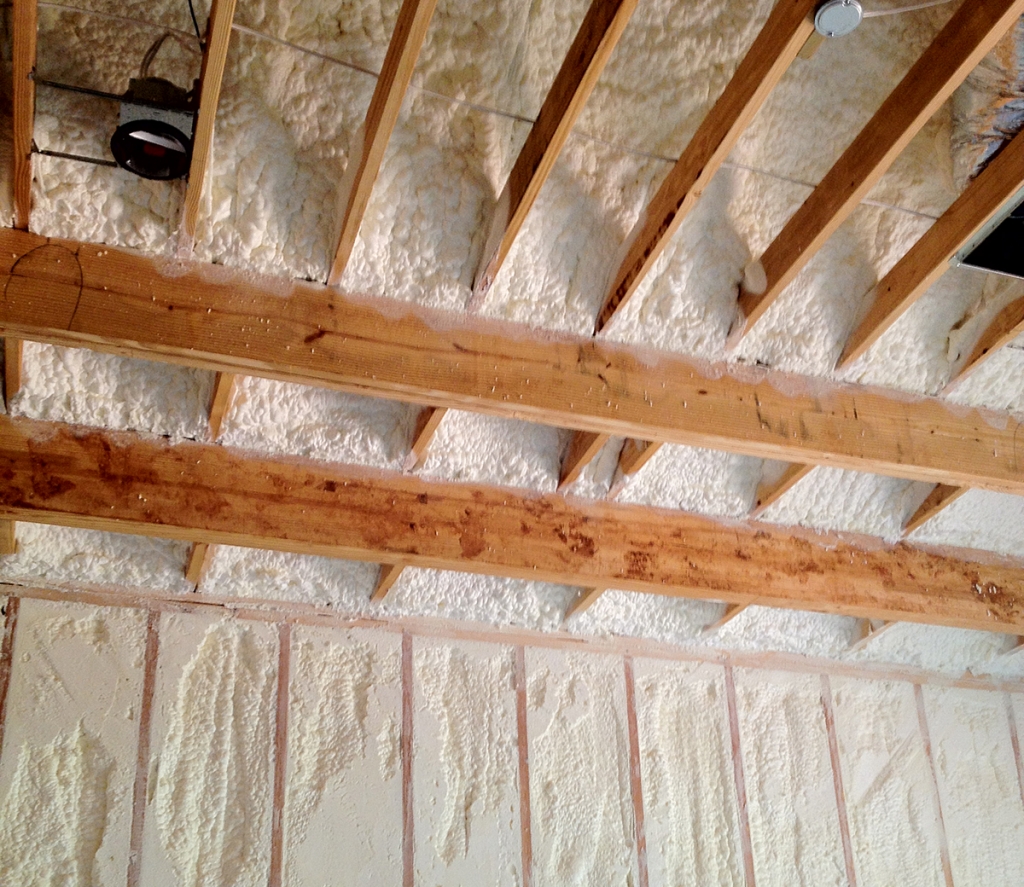
There is more to the equation, but I hope this short blog has helped you understand how much of a moving target the PPSF ratio can be in the course of planning and building a custom home.



